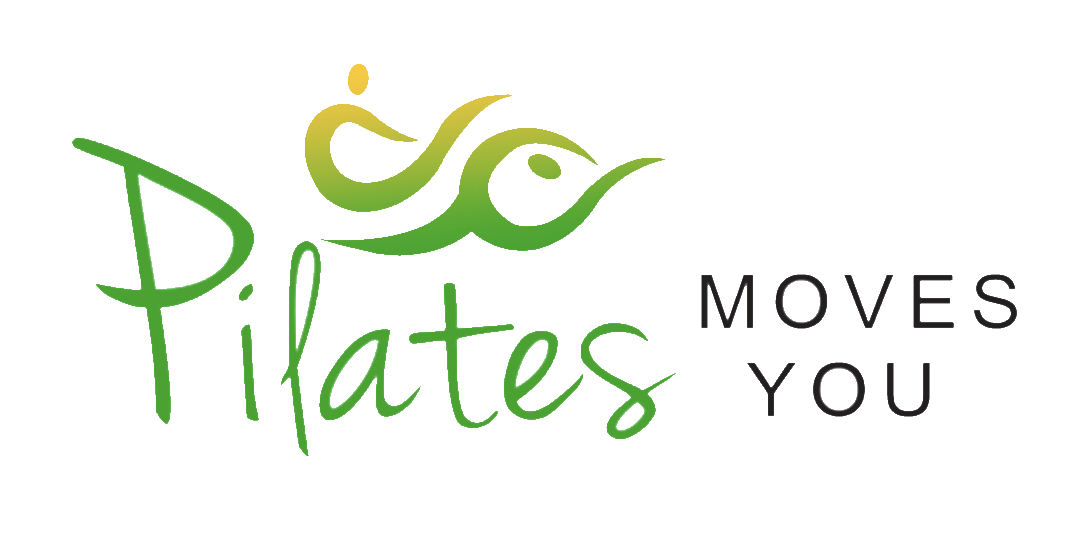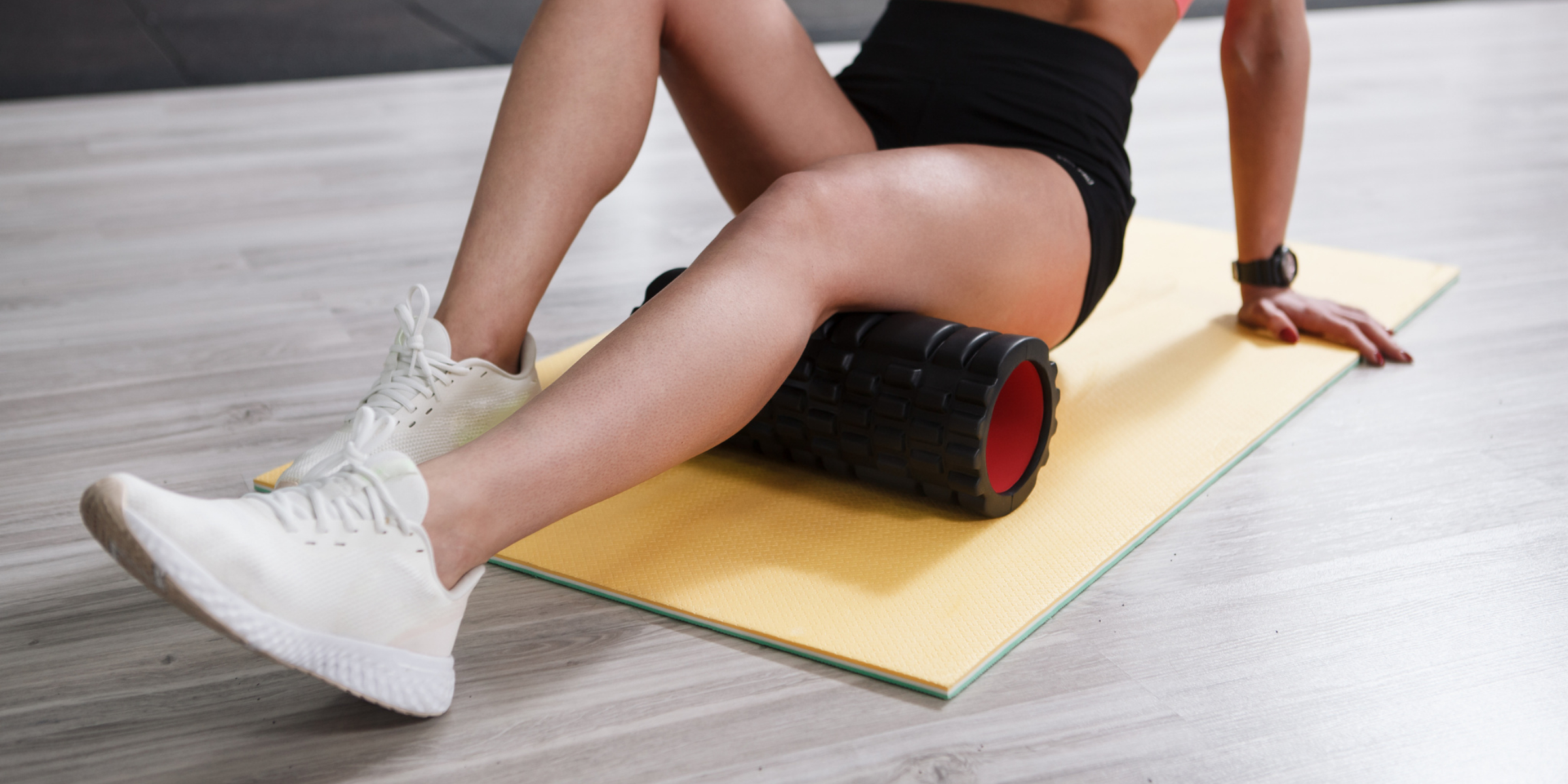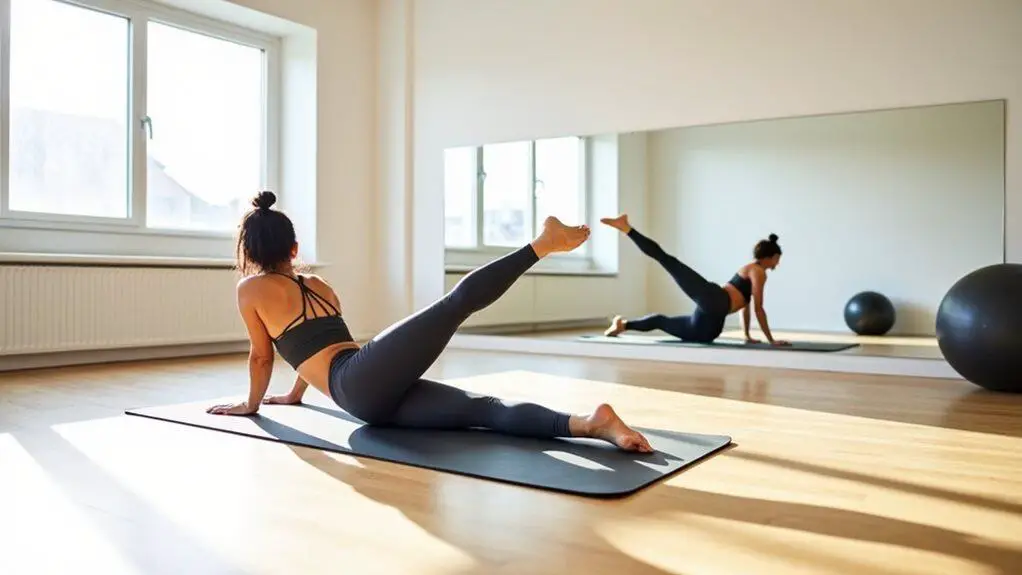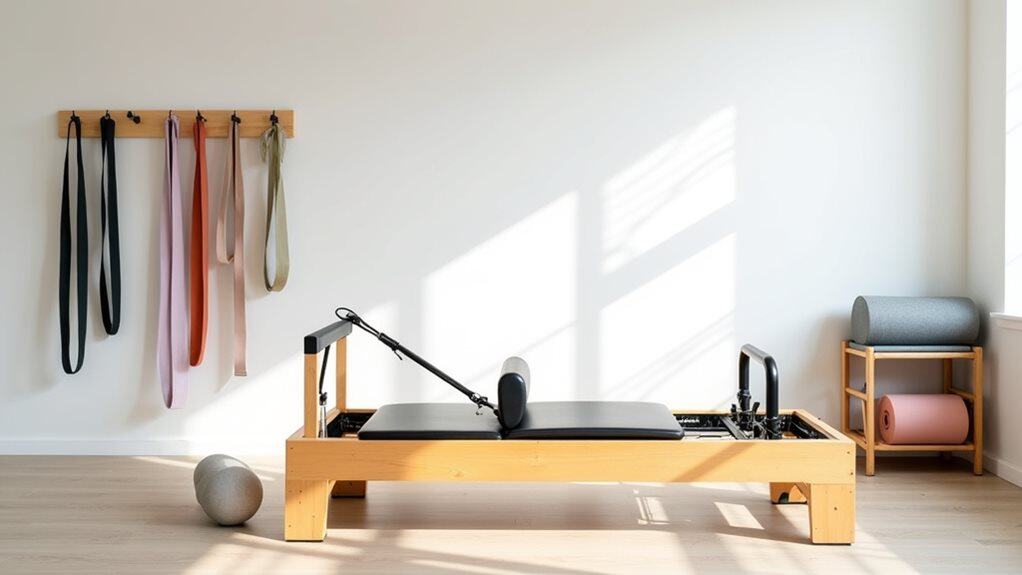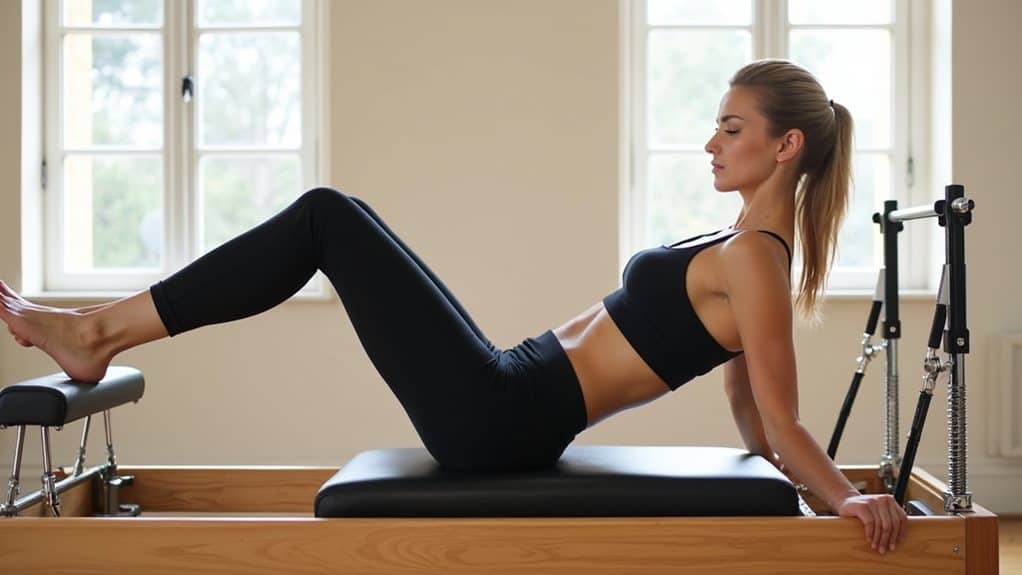Pilates rollers, an essential tool for enhancing flexibility, muscle strength, and balance, come primarily in two distinct materials: foam and metal. While both types aim to deepen your Pilates experience, they offer different benefits and experiences.
This article delves into the pros and cons of foam versus metal Pilates rollers, exploring how each type caters to specific needs and use cases. Whether you’re a seasoned Pilates enthusiast or just starting, understanding the differences between these rollers can significantly influence your practice and results.
Benefits and Limitations of Metal Pilates Rollers: Durability Meets Design
Metal Pilates rollers, often considered the more durable and sleek option in Pilates equipment, offer unique advantages and challenges. Here’s a closer look at what sets them apart:
Benefits of Metal Pilates Rollers
- Durability: One of the standout features of metal rollers is their robustness. Unlike foam rollers that may compress or warp over time, metal rollers maintain their shape and structural integrity, making them a long-lasting investment.
- Weight and Stability: The added weight of metal rollers provides a stable base, reducing the likelihood of the roller moving or tipping during exercises. This stability can be particularly beneficial for more advanced Pilates exercises that require precision and balance.
- Hygiene and Maintenance: Metal rollers are typically easier to clean and less likely to harbor bacteria than porous foam rollers. This aspect makes them a popular choice in professional Pilates studios where multiple users are common.
- Aesthetic Appeal: The sleek design of metal rollers often makes them a more aesthetically pleasing choice, blending well with modern fitness studio décor or home gym setups.
Limitations of Metal Pilates Rollers
- Comfort: While durability is a plus, metal rollers can be less forgiving on the muscles and may provide a different comfort level during use than their foam counterparts, especially for beginners or those with sensitive muscles.
- Cost: Generally, metal rollers are more expensive than foam rollers. This cost can be significant for individuals or studios needing to equip themselves on a budget.
- Temperature Sensitivity: Metal can be sensitive to temperature changes. This means it can feel cold when first used in cooler environments, which might be uncomfortable for some users.
- Weight for Transport: The heaviness that provides stability can also be a drawback. If you need to transport your Pilates roller, a metal one might not be as convenient as a lightweight foam roller.
Understanding these pros and cons is crucial for anyone considering investing in a metal Pilates roller. It’s not just about durability and design but also how these factors play into your personal Pilates practice and comfort.
Comparing Comfort and Performance: Foam vs. Metal in User Experience
When choosing between foam and metal Pilates rollers, comfort and performance are two critical factors that significantly impact user experience. Here’s how each type fares in these aspects:
Comfort
- Foam Rollers: Known for their softer surface, foam rollers are generally more comfortable, especially for beginners or those using rollers for recovery and muscle relaxation. They are gentler on the skin and muscles, making them ideal for prolonged use or for exercises that require lying or leaning on the roller for extended periods. This comfort, however, might come at the cost of reduced precision in some exercises.
- Metal Rollers: Metal rollers, with their firmer structure, offer less cushioning, which might be less comfortable for some users, particularly on bony areas or sensitive muscles. However, this firmness can benefit deep tissue work and myofascial release, where more intense pressure is required.
Performance
- Foam Rollers: The softer structure of foam rollers can sometimes limit the precision and effectiveness of some Pilates exercises, especially those that require a more stable and unyielding surface. However, the range of densities available in foam rollers means you can choose one that balances comfort with the necessary performance.
- Metal Rollers: The rigid nature of metal rollers provides excellent stability and support for advanced Pilates movements, allowing for more precise muscle activation and control. This rigidity also contributes to better proprioceptive feedback, which is crucial for improving balance and alignment during exercises.
User Experience Variations
- For Beginners: Newcomers to Pilates might find foam rollers more approachable and less intimidating. The initial comfort can be crucial in building confidence and familiarity with Pilates exercises.
- For Advanced Users: Experienced Pilates practitioners may appreciate the rigidity and stability offered by metal rollers, as they allow for more advanced, challenging movements and a greater range of exercises.
- For Rehabilitation: Those using rollers for rehabilitation or therapy might lean towards foam rollers due to their gentler approach, particularly if they are dealing with injuries or heightened muscle sensitivity.
- For Athletic Training: Athletes or individuals focused on intensive muscle work might prefer metal rollers to provide deeper, more focused muscle stimulation.
Your individual needs, experience level, and the specific goals of your Pilates regimen should influence the choice between foam and metal Pilates rollers. While foam rollers offer more comfort, they lack the performance edge required for advanced exercises. Conversely, metal rollers excel in stability and precision but might compromise comfort, especially for beginners or those with specific sensitivity concerns.
Ideal Use Cases: Matching Your Pilates Roller to Your Routine
Identifying the ideal use cases for foam and metal Pilates rollers can significantly enhance your workout routine, ensuring you get the most out of your Pilates practice. Each roller type has specific strengths that make it more suitable for certain activities and exercises. Here’s how to match your Pilates roller to your routine:
Foam Rollers: Ideal Use Cases
- Beginner Pilates Workouts: Foam rollers are excellent for beginners just getting accustomed to Pilates exercises. Their softer surface provides a more comfortable and forgiving platform for learning new movements.
- Muscle Recovery and Stretching: The softer texture of foam rollers is ideal for myofascial release and gentle stretching exercises. They can help ease muscle soreness and improve flexibility, making them a go-to for post-workout recovery sessions.
- Balance and Core Stability Training: For those looking to improve balance and core stability, the slight give of a foam roller adds an extra challenge to maintaining stability during exercises, enhancing core engagement.
- Rehabilitation and Sensitive Areas: Individuals using rollers for rehabilitation or those with sensitive muscles or joints may find foam rollers more suitable due to their gentler approach.
Metal Rollers: Ideal Use Cases
- Advanced Pilates Exercises: The firmness and stability of metal rollers make them ideal for more advanced Pilates exercises that require precise muscle activation and control.
- Deep Tissue Massage and Intense Myofascial Release: For deeper muscle penetration and myofascial release, the rigidity of a metal roller is more effective. It applies more pressure to the tissues, aiding in breaking up knots and relieving deep-seated muscle tension.
- High-Intensity Pilates Workouts: Metal rollers are well-suited for high-intensity Pilates routines that demand a stable, unyielding surface for optimal performance.
- Professional or Frequent Use: In professional settings like Pilates studios, where rollers are used frequently by different individuals, the durability and ease of cleaning make metal rollers a practical choice.
By matching your Pilates roller to the specific needs of your routine, you ensure a more effective, comfortable, and enjoyable workout experience. Foam rollers are generally more versatile for various activities, especially concerning comfort and muscle recovery. In contrast, metal rollers cater to high-intensity, precision-focused Pilates workouts, offering unmatched stability and support for advanced practice.
Sources:
https://www.quora.com/What-are-the-pros-and-cons-of-using-a-foam-roller
https://www.linkedin.com/advice/1/what-benefits-drawbacks-using-foam-roller-functional
